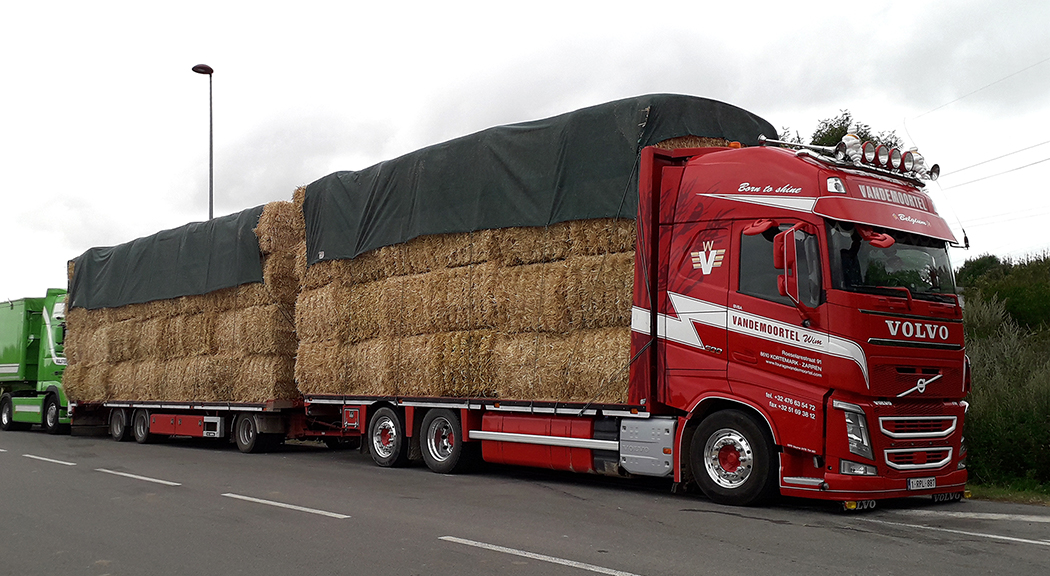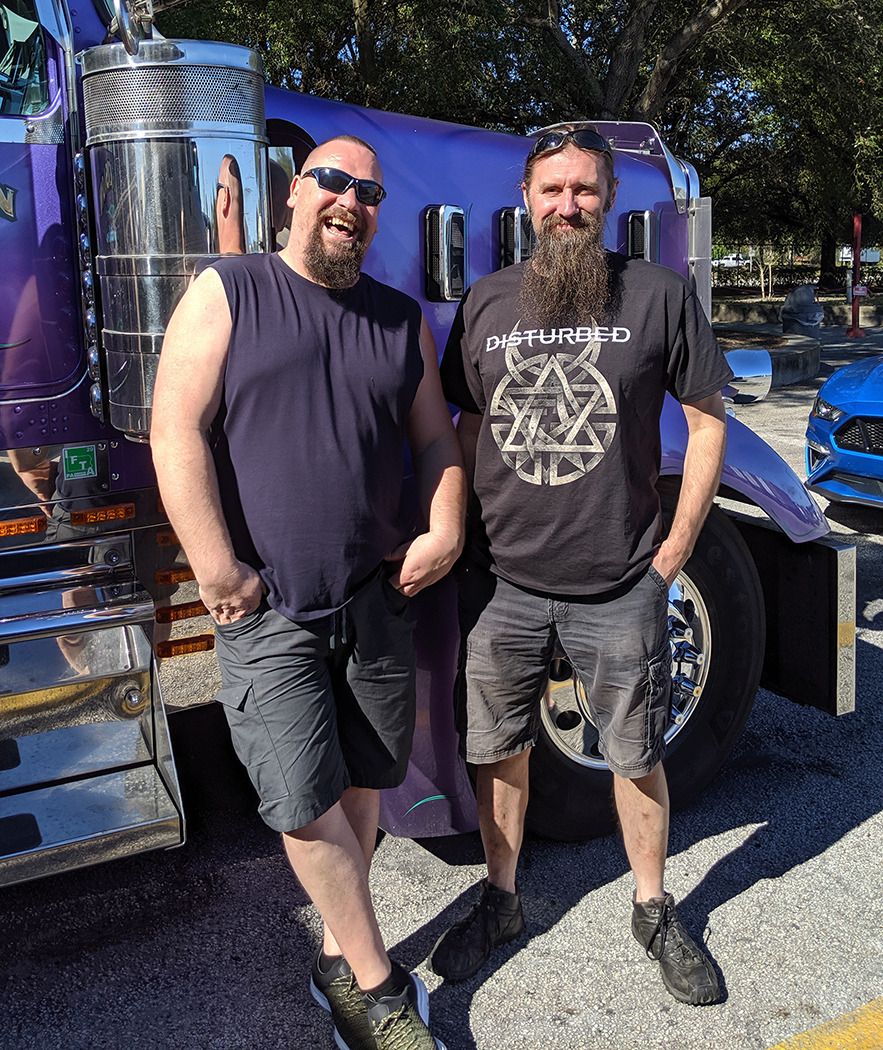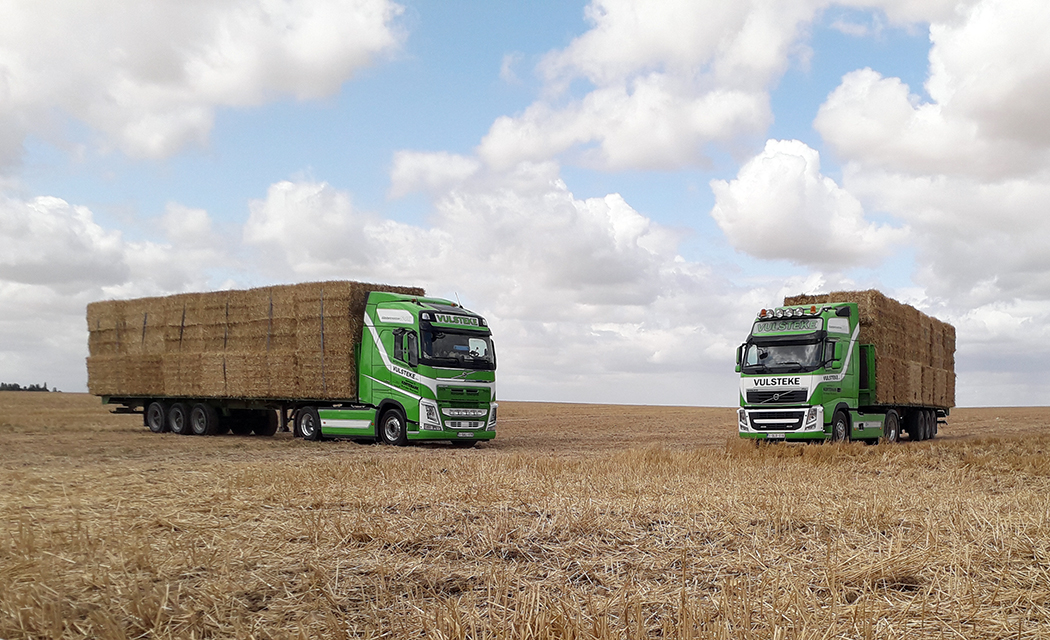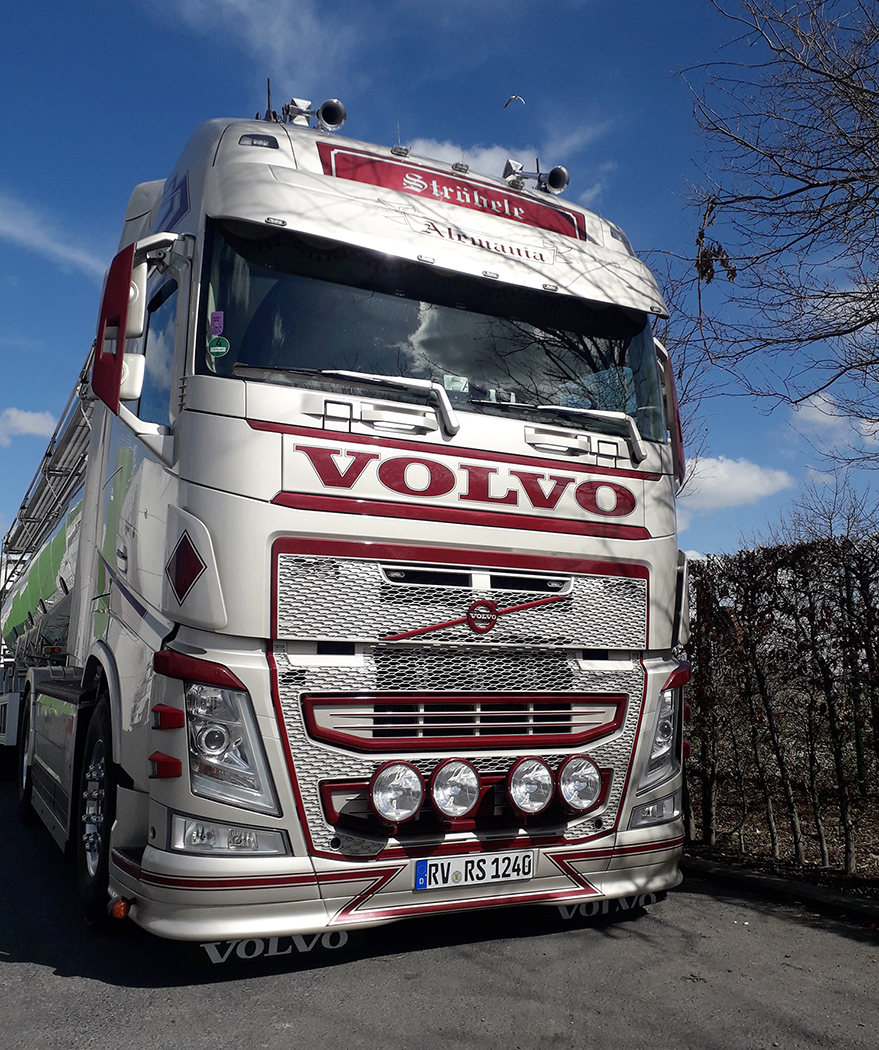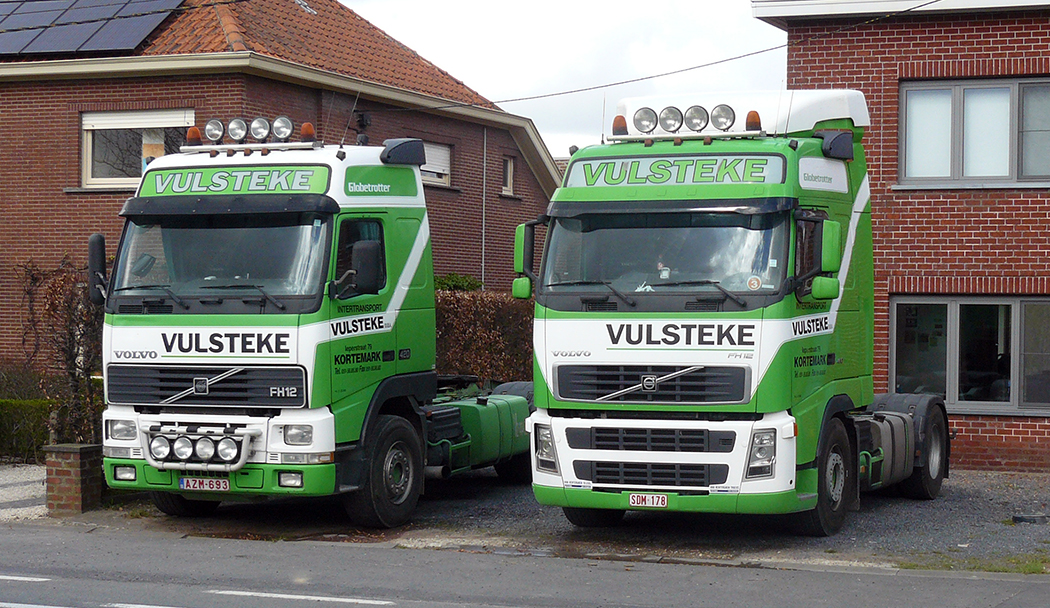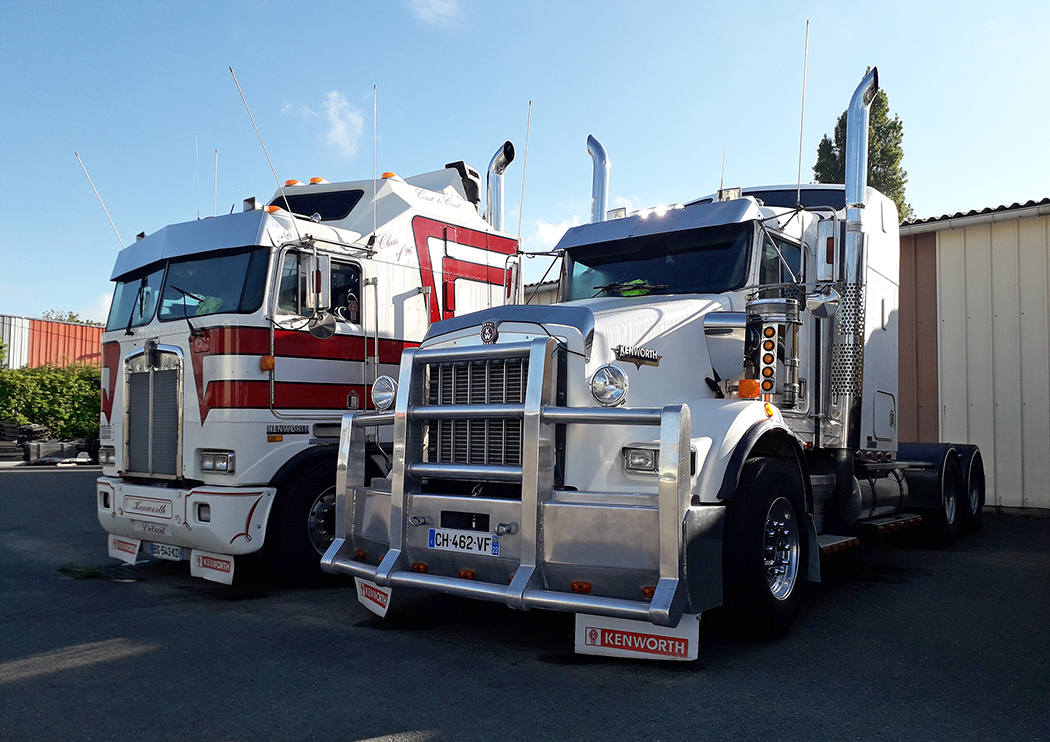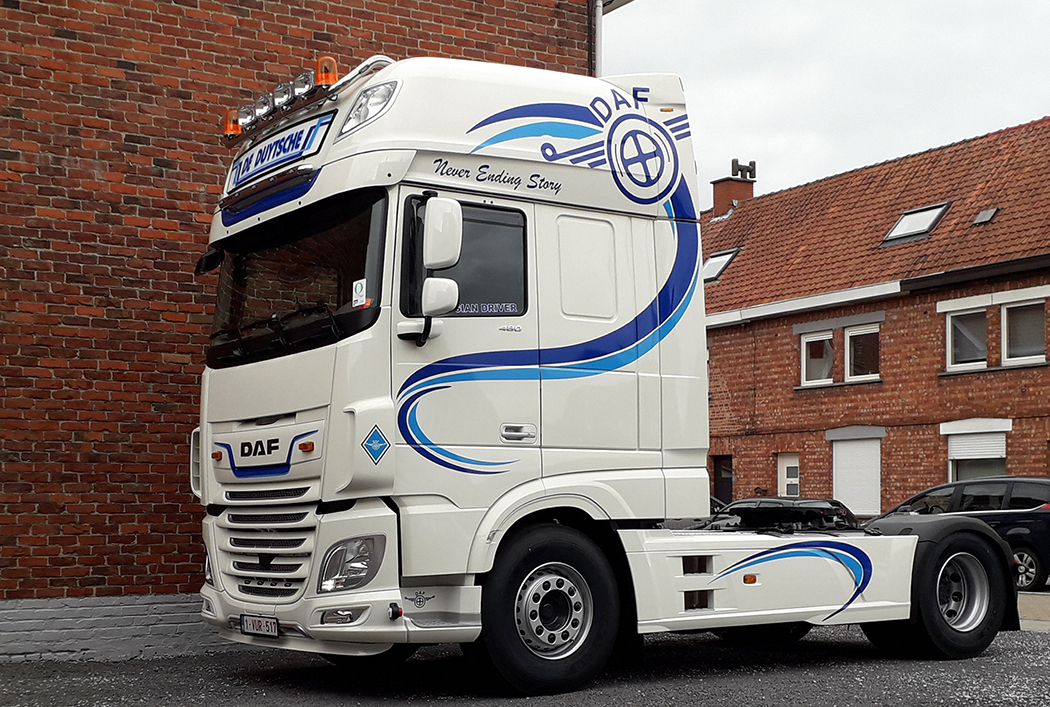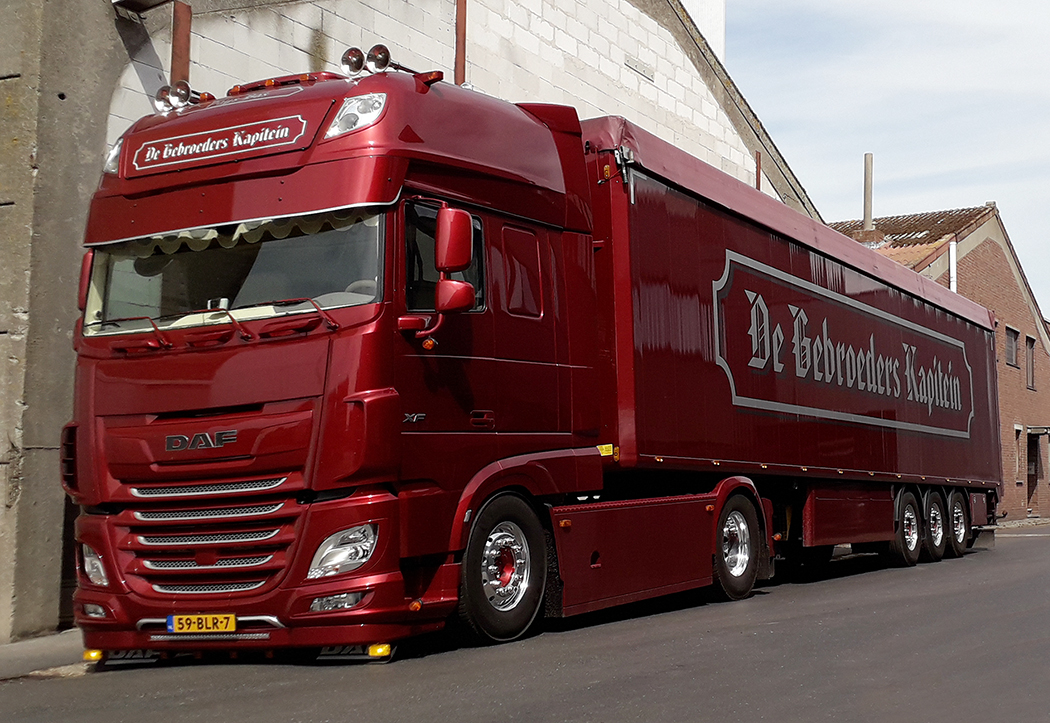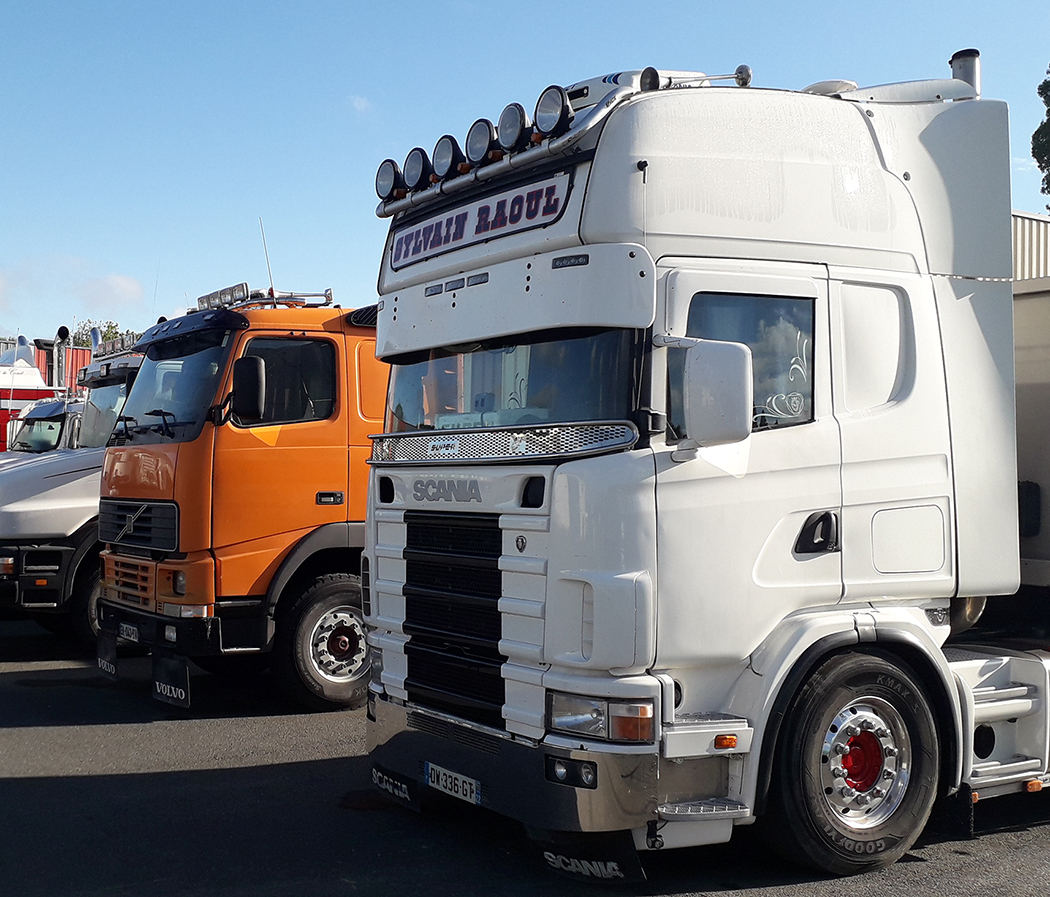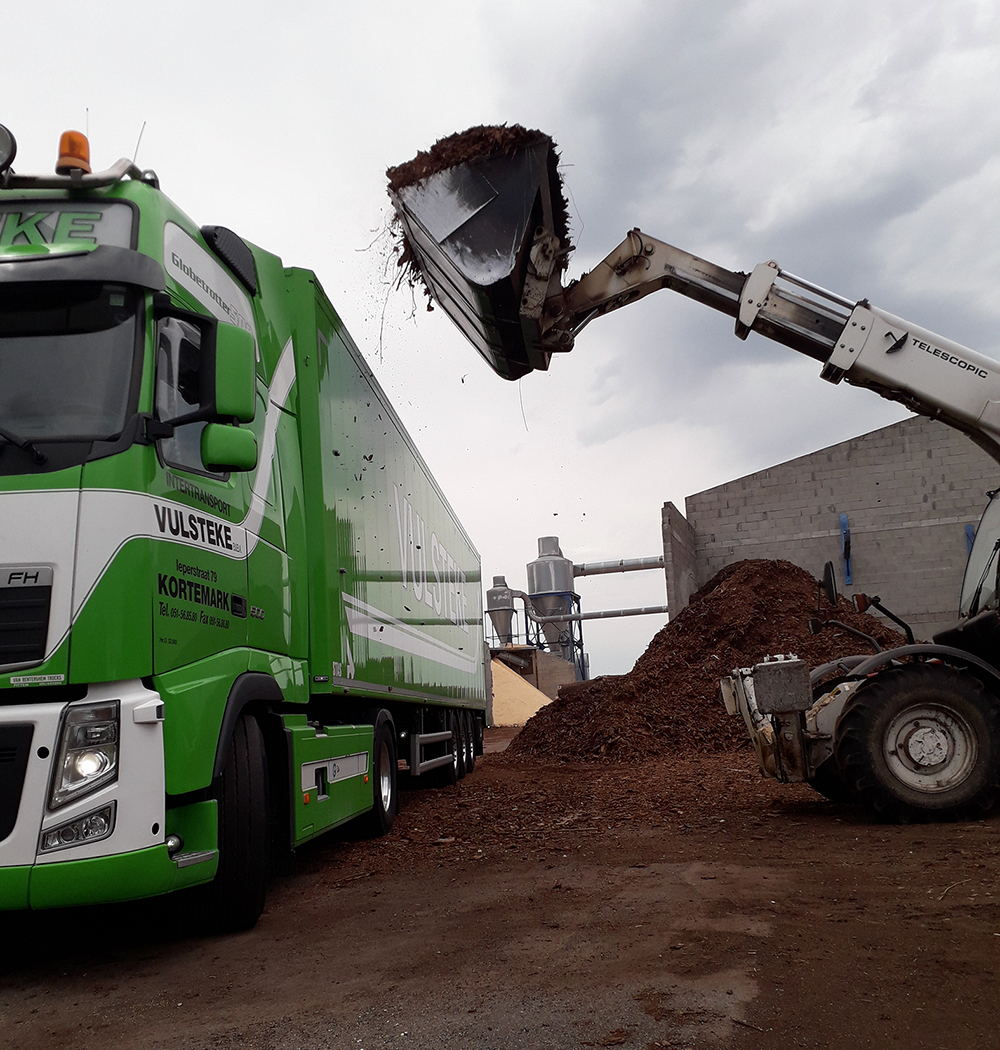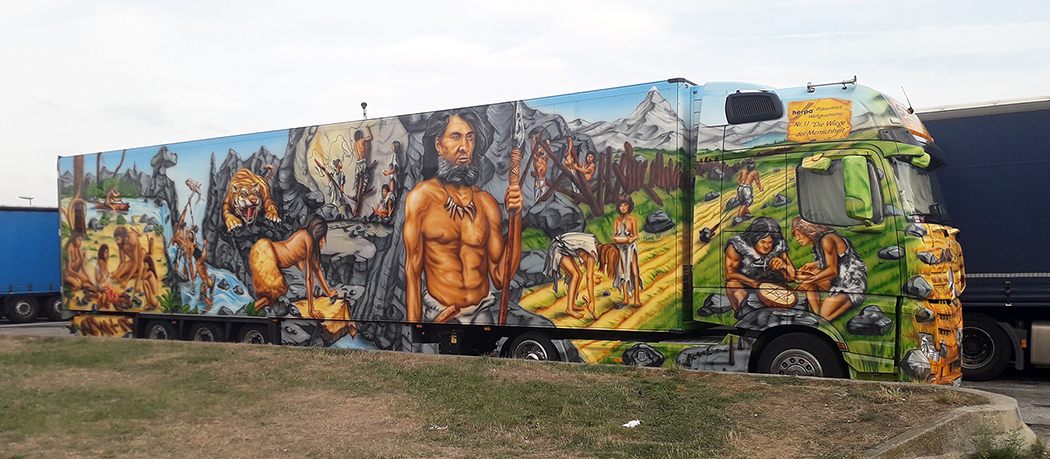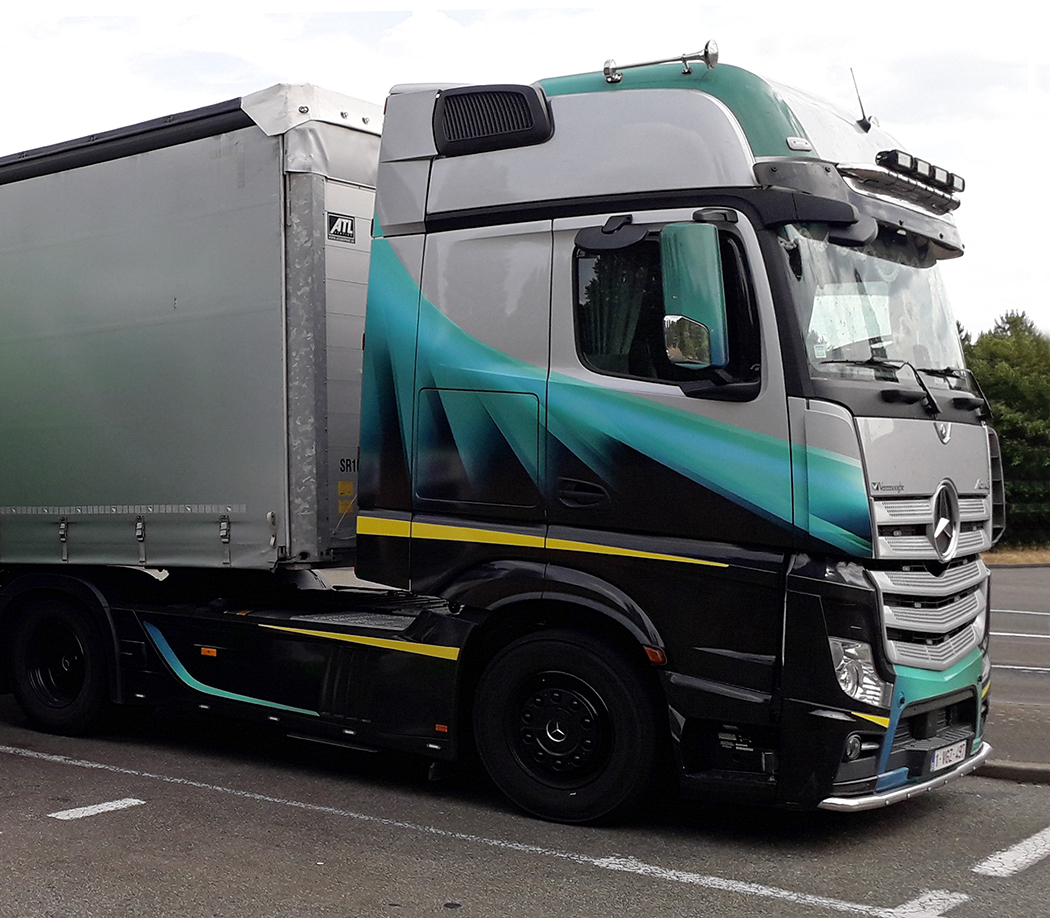Having recently met a trucker from Belgium who was on holiday in the United States, I decided to contribute an article to our “Trucking Around the World” series about trucking in Belgium. Willem Vansheluwe and his friend Yves Dejonckheere were at the TA in Vero Beach, Florida, a few weeks ago and I had a great time talking to them and asking them about what it’s like to be a trucker in their country. Willem is a truck driver in Belgium and he and his friend Yves were in Florida doing a little sightseeing before boarding the “70,000 Tons of Metal” cruise – an annual heavy metal music festival that takes place on board a cruise ship!
Belgium is a smaller country in Western Europe bordered by France, Germany, the Netherlands, and the North Sea. Known for its medieval towns, Renaissance architecture, and being the headquarters for the European Union and NATO, the country has distinctive regions including a German-speaking community to the east, French-speaking Wallonia to the south and Flanders, which is Dutch-speaking, to the north. Gallia Belgica is a Roman province in the northern part of Gaul that, before the Roman invasion in 100 BC, was inhabited by the Belgae, a mix of Celtic and Germanic people. The name Belgium was derived from this province.
Belgium is a developed country, with an advanced high-income economy. It has very high standards of living in regard to quality of life, healthcare and education, and is categorized as “very high” in the Human Development Index. It also ranks as one of the safest and most peaceful countries in the world. With a population of about 11.5 million people, Belgium is just a little larger than the state of Maryland, and its capital city is Brussels. Belgium’s second largest city, Antwerp, is the diamond capital of the world. Antwerp is the most populous city in Flanders and its port is the second largest in Europe. More than half of the diamonds sold in the world pass through this sparkling city. Belgium also makes over 220,000 tons of chocolate a year.
Renting a very American beautiful blue Mustang convertible, Willem and his friend Yves were seeing America for the first time. Having already visited the Kennedy Space Center and Daytona Speedway, the truck stop in Vero Beach was the highlight of the trip so far for Willem. He loved being able to actually see the American trucks up close, and my boyfriend John Jaikes was more than happy to show him “Only Class” – his famous bright purple Kenworth W900L combination, which has won numerous awards and was featured on the January 2018 cover of 10-4 Magazine.
After introductions were made, we got to talking trucks and the differences between running here and in Belgium. It was funny how many similarities there really are, but the one big difference is the trucks. I think we take for granted the rigs we drive and the luxuries we have in them, and I realize that when I talk to drivers from other countries that are limited to smaller trucks. The trucks there (and most of Europe) have to be so much smaller because of the size of the country and their roads. Willem told us he can drive his truck from the far north to the southern border of the country in just four hours. We talked about our interstate system and how it takes us longer to cross most states than for him to go across the entire country!
One thing that is the same just about everywhere is when you have trucking in your blood, you cannot fight it. That seems to be a common theme across the globe. Willem’s dad Eddy was a truck driver, and he remembers him always being gone. He is retired now, and they have a very good “social security” system there, so he lives pretty well. His dad is his hero and the times he got to ride with him when he was little are precious memories. He got to see Europe and it was his dad that taught him to drive. His dad didn’t want him to become a truck driver but, you know how that goes – when it’s in your blood it’s in your blood. Willem has been a driver for 13 years now and has no desire to do anything else.
His truck is a Volvo FH3 with a 13-liter 500-hp Volvo engine, and his trailer is 13 meters long (about 42 feet). Willem usually pulls a trailer with a walking floor hauling compost to florists in France. He also occasionally pulls a low boy, a flatbed or a bulk tipper (dump trailer) when he gets the chance. Unlike here, between Canada and the US, where you have to go in with a load and load right back to your country with no “in country” hauls allowed, Willem told me that he can go to France and do two loads “in country” before he is required to do a load back out to Belgium.
Unlike our 70-hour / 8-day work week, they are only allowed 45 hours a week or 90 hours in two weeks, and then they must take a mandatory 45 hours off, which would be comparable to our 36-hr. restart. They begin in the morning and must get all their work done in just 15 hours, and then they are required to rest for 9 hours. You must be 21 to drive a truck there, and they do have schools, but since Willem’s dad had taught him to drive, he was able to just take the test directly and pass to get his license.
They have about 200 truck stops in the country, along with rest areas, fast food restaurants and big parking lots, where they can shut down for their required rest periods. There are some owner operators in Belgium and some drivers that sub-haul, but most truckers there are company drivers. They also have an app comparable to our “Trucker Path” that tells you where trucks stops and rest areas are and if there is parking available – it’s called TRUCKFLY by Michelin. Willem could show me the app on his phone, but obviously, since he wasn’t in Belgium, it didn’t work here.
I asked if it was like here when it comes to regulations, logbooks and all the other things we have to deal with. When his dad drove, he had a logbook. Today, they use a work card, kind of like a credit card, that you can put in the ELD of any truck you drive. It’s a registration for your work hours, and it’s what his employer, VULSTEKE in Kortemark, Belgium, uses to figure his pay. One big difference there is when you start at the company, the first year, you get 15-22 days of holiday. That’s 2-3 weeks of vacation time, right out of the gate!
The French have a few trucks with hoods, but they are pretty rare. Where here a cabover has become the rarity, they dominate in Europe, mostly due to length laws and a lack of space. They do sit on the left side of their vehicles, like we do here, and they drive on the “right” side of the road. Most of the trucks in Belgium are Volvos, DAFs, Scanias and Mercedes, and, like the other developed countries in Europe, they like their trucks to be colorful, have extensive graphics and detailed murals, often depicting scenes and characters from their favorite movies, history, sports, popular bands, or other well-known celebrities.
We had a great visit with our new friends from Belgium and learned a lot about their trucks and trucking in their country. Now, after being able to be in the US, Willem has a dream of one day being able to come here and drive an American truck on our roads. You never know – hopefully, one day he can make that dream come true. In the meantime, he will keep “trucking it up” in his green and white Volvo cabover in Belgium, and loving every minute of it!

